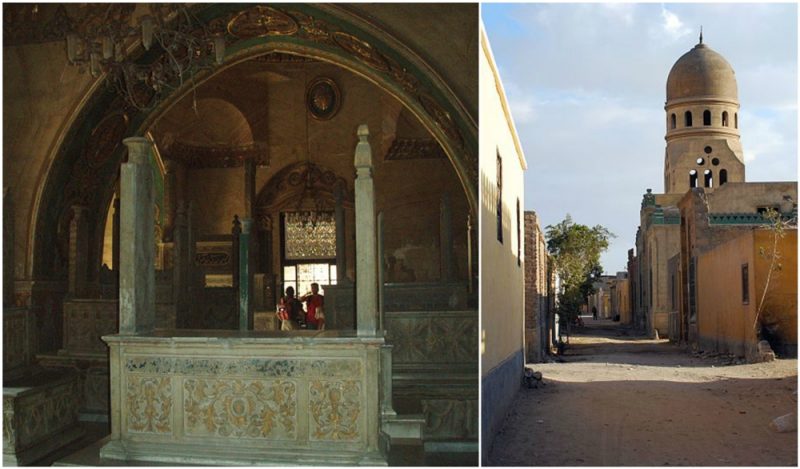The name ‘The City of the Dead’ conjures up images of some abandoned and haunted ghost town, uninhabited by people and devoid of life. However, the City of the Dead isn’t haunted or abandoned. In fact, there are 500,000 citizens living in this Islamic necropolis and cemetery located at the foot of the Mokattam Hills in Cairo, Egypt.
The foundation of this dense gridwork of tombs and mausoleum structures dates back to the Caliphate era when Egypt fell to Muslim invaders. It all started when the muslim Arab commander, Amr ibn al-‘As, having founded the first Islamic capital then established his family’s graveyard there. Other families then followed his example, burying their dead within the city’s grounds. Later dynastic families built a citadel further to the north and here founded a new graveyard. The original inhabitants were made up of those employed to care for the graves and monuments of the members of the noble families, along with staff involved in funerary services and Sufi mystics.
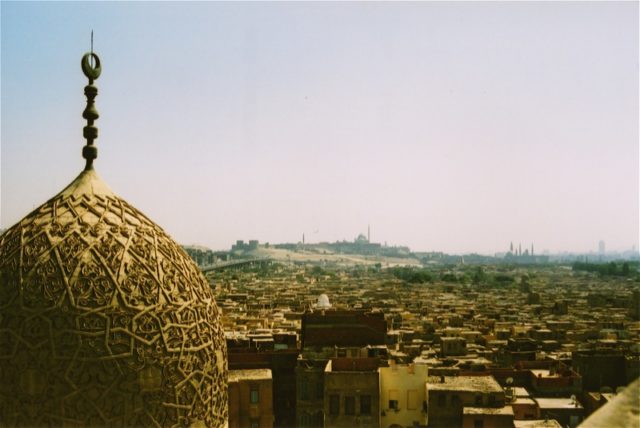
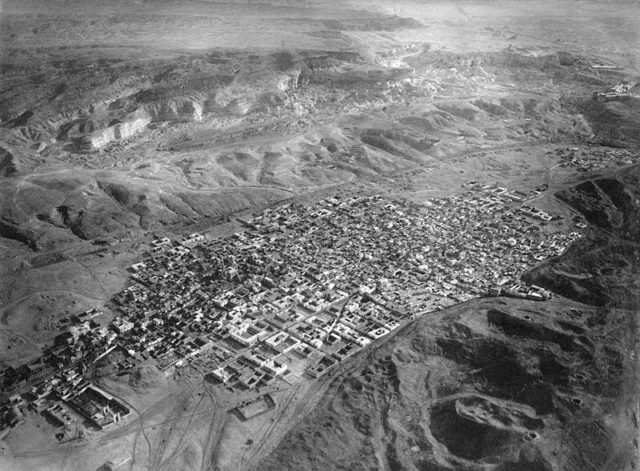
The reign of Gamal Abdel Nasser Hussein, the president of Egypt from 1956 to 1970, saw a large increase in the population of the City of the Dead due to the surge in urban development and industrialization in and around the city of Cairo. This caused a wave of migration that Cairo was hard pressed to handle and the poor found there way to the famous necropolis in large numbers.
Cairo’s population today mostly consists of Muslims and Egyptian Christians. However, remnants of Italian, Greek, Syrian, and Sudanese communities are still to be found in some locations of the city. Some of them were forced to move and live among the dead after Cairo’s earthquake of 1992 brought another increase in the number of people living in the great necropolis.
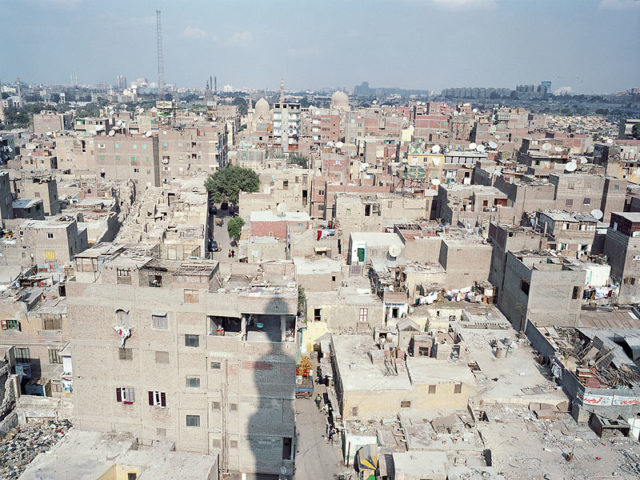
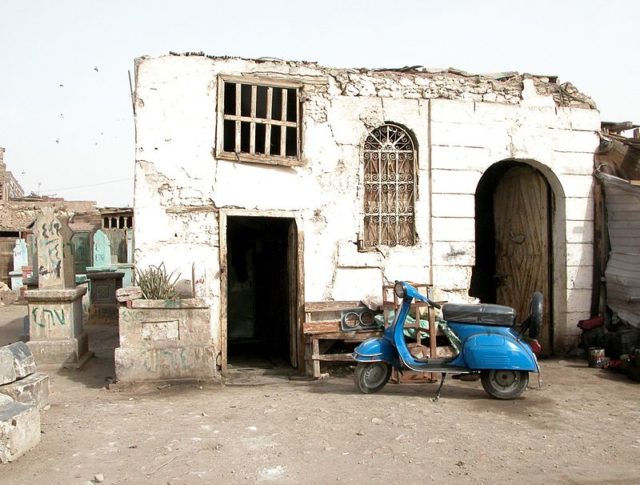
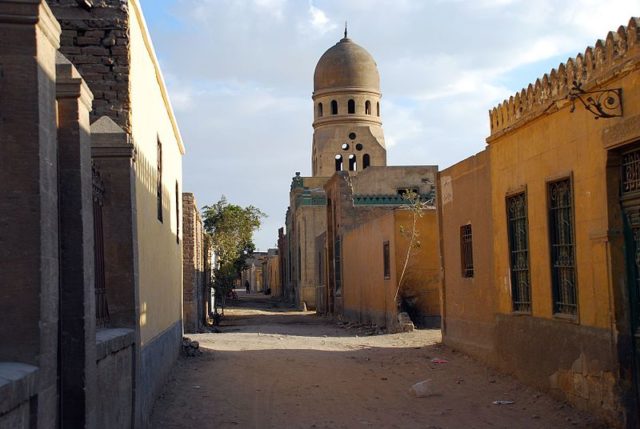
There are plans to relocate people from the living graveyard but these seem unlikely to come to anything as the population is growing too fast. Their number is now so big, that there’s no location they could move to and start another life. Besides, people living here are actually used to living among the ancient tombs. However, the city is almost never policed and lately criminal activities are on the rise.
When people are asked about their life in the City of the Dead, they answer that they’re more afraid of the living than the dead. Older residents, though, often say their life is peaceful because the dead don’t talk and are very still.
However, Egyptians also have times of fun in the City of the Dead because of the many festivals celebrated every year in honor of Mawlid of Zaynab bint Ali. Zaynab bint Ali was Muhammad’s granddaughter by Ali ibn Abu Talib and Fatimah bint Muhammad. These grand festivals are held to celebrate their birth and connection to the biological line to Muhammad, the prophet of Islam.
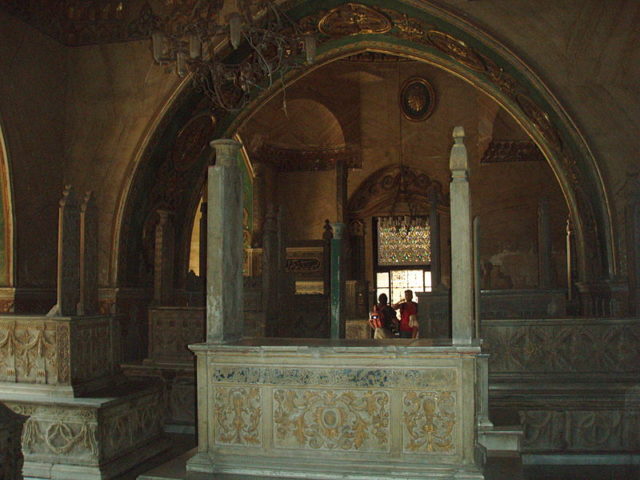
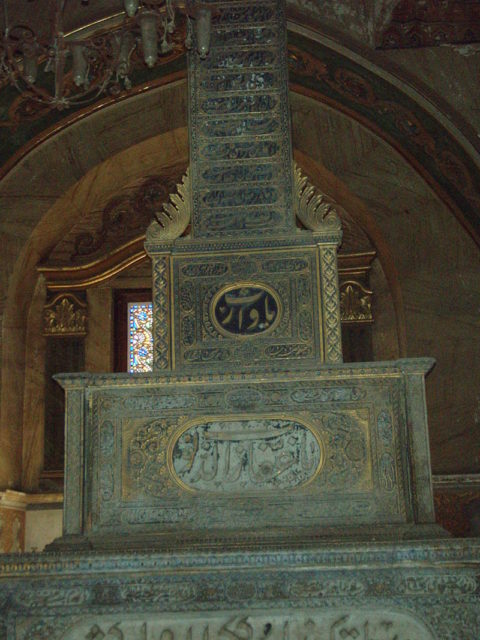
Today, the City of the Dead is one of the most popular tourist attractions in Egypt. Many photographers and reporters visit the place just to interview the people and hear what they have to say about their life among the deceased.
Although poverty is on the rise here and living conditions aren’t so great, the City of the Dead is definitely an interesting place to visit. Tourists say that taking a tour around the tombs can provide a somewhat morbid yet irreplaceable experience you will never forget.
